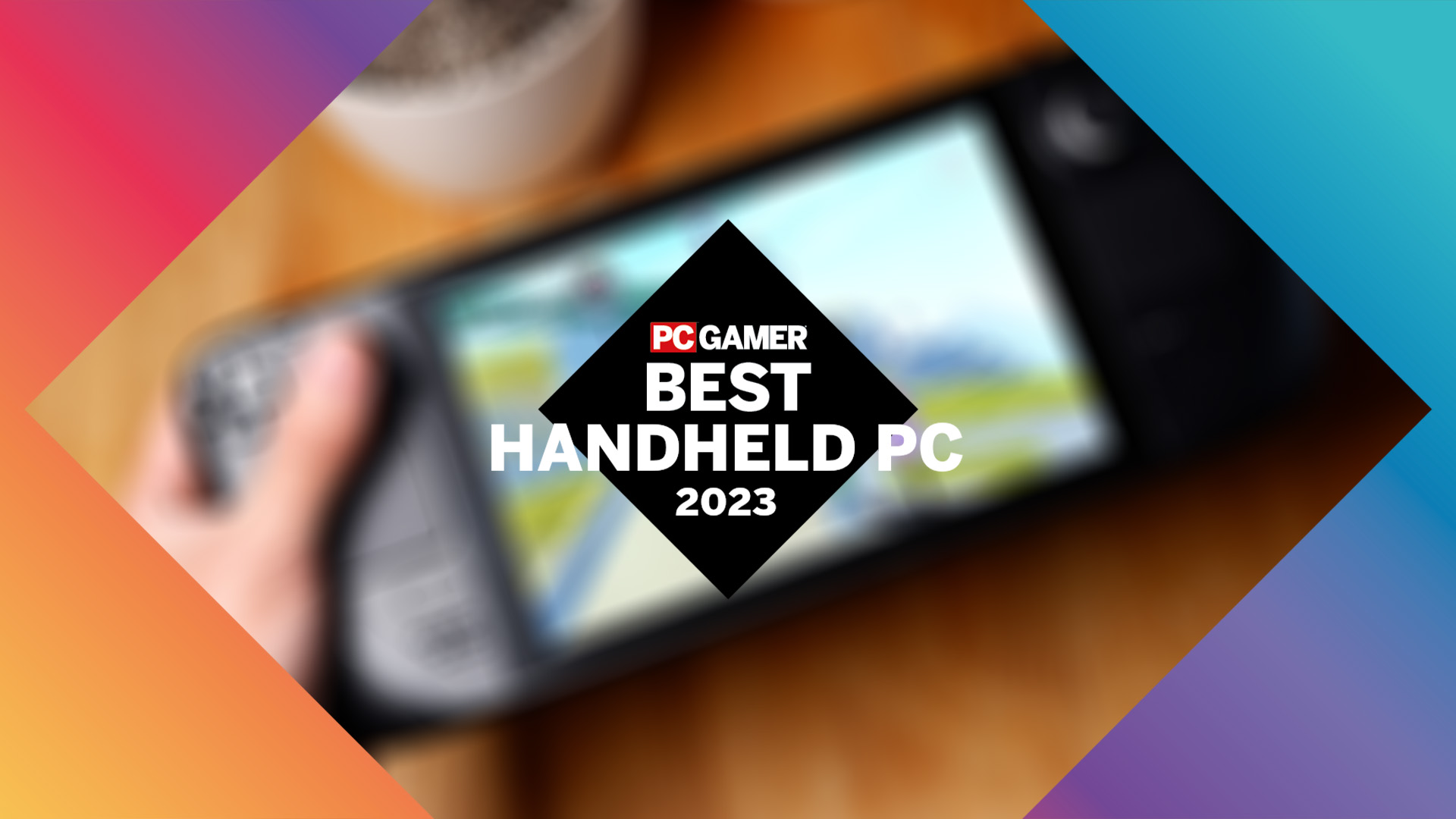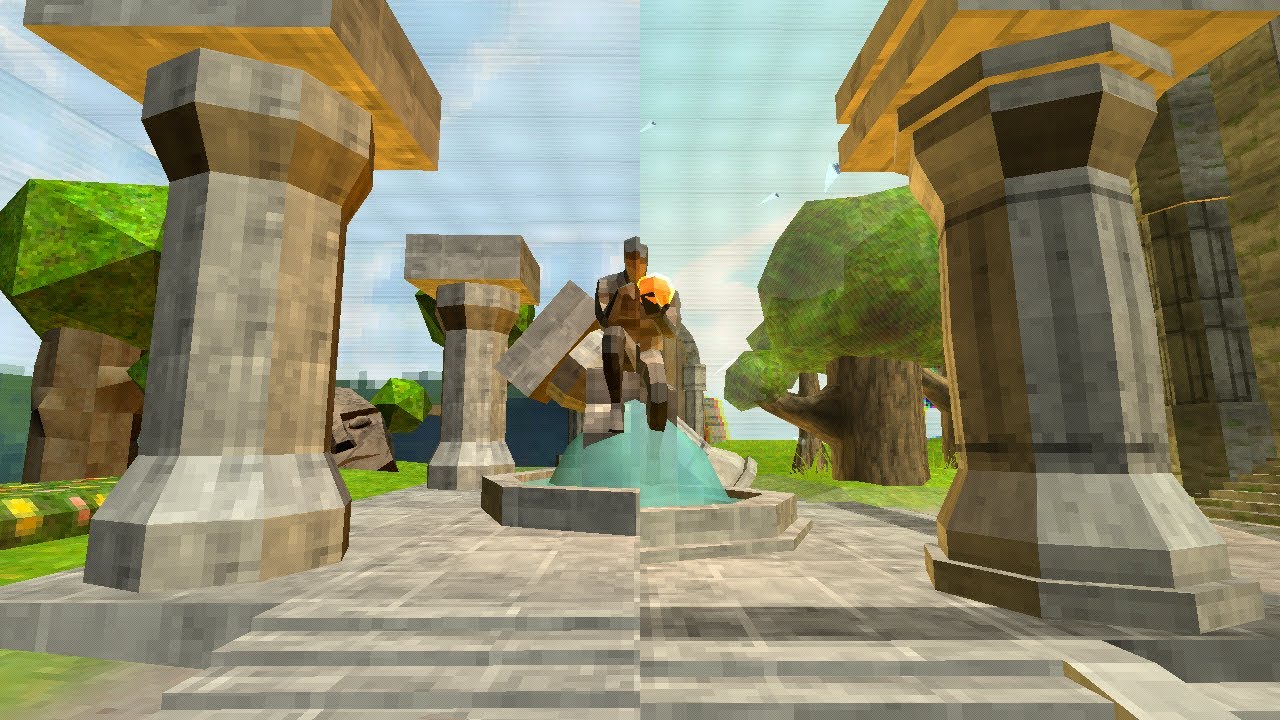As I see it there have been three epochs of PC handhelds. Firstly, the initial wave of prototype and underpowered devices testing the waters. I tried a good few of these early handhelds, and they all seemed fatally flawed in their own way. Not to worry, next came the big bang of the Steam Deck. This is when Valve figured out a winning formula and handhelds suddenly made sense to your average gamer.
Today, we’re in another epoch, one of rapidly evolving designs. We went from barely one good handheld last year to being unable to decide between them which ones will make it into our best handheld gaming PC guide.
Just this year we’ve seen the release of heaps of handhelds including the ROG Ally, OneXPlayer OneXFly, OneXPlayer 2 Pro, Ayaneo Air 1S, Ayaneo 2S, Lenovo Legion Go, Aokzoe A1 Pro, and the Valve Steam Deck OLED. There are a host of other designs in the pre-order stage, and I’m sure I’m missing a few other crowd-funded ones, too.
There’s a good reason why we’ve so many handheld gaming PCs to choose from. It’s mostly thanks to one particularly impressive AMD processor: the Ryzen 7 7840U. This chip powers just about every device on that list, either as the 7840U or in its semi-custom guise, the Z1. It’s only Valve opting for another chip, and that’s still an AMD semi-custom job.
We had a tough time trying to whittle down this year’s handhelds to just three nominations. But myself, and the wider PC Gamer Hardware team, think we have come up with a solid list. Here goes:
Best handheld gaming PC 2023: the nominees
Steam Deck OLED
The Steam Deck launched handheld PC gaming into the mainstream, but Valve wasn’t quite done tinkering with the design. While not quite a Steam Deck 2, the Steam Deck OLED is a revision of the popular handheld that improves upon the original design in oh so many ways.
The screen receives the bulk of the updates with a sparkling new OLED panel. Obviously, hence the name change. Deeper blacks, rich colours, faster refresh rates, and genuine HDR are all on the cards now, and Tyler came away seriously impressed with the new screen during his review.
Beyond a better panel, the Steam Deck OLED also has a bigger battery, a new carry case, and a new 1TB SSD option. All seriously good quality of life updates on an already impressive handheld device.
Read our Steam Deck OLED review.
OneXPlayer OneXFly
Coming in smaller and lighter than the Steam Deck, the little OneXPlayer makes for a wonderful halfway house between a larger handheld and something like the Ayaneo Air 1S, which is genuinely quite tiny. The OneXFly doesn’t massively sacrifice screen space, either, as the lack of bezels across the top and bottom help keep things compact while retaining a 7-inch panel.
Despite its small stature, the OneXFly packs a mighty portable punch with AMD’s excellent Ryzen 7 7840U and up to 4TB of storage and 64GB of RAM. That’s clearly overkill, and we prefer the cheaper and far more sensible options, but it’s further proof you don’t need a chunky PC tower to score top specs. It also benefits from loads of connectivity options, including a full Type-A port and two USB4 sockets that come in mighty handy.
The best blend of screen size and specs, the only thing holding this device back is its price, which is higher than some of the more mainstream options.
Read our OneXPlayer OneXFly review.
The winner of the PC Gamer Hardware Award for the best handheld gaming PC will be announced on New Year’s Eve. All three of these handhelds are in with a shot of taking home the big prize, so tune in to find out which one it’ll be.











